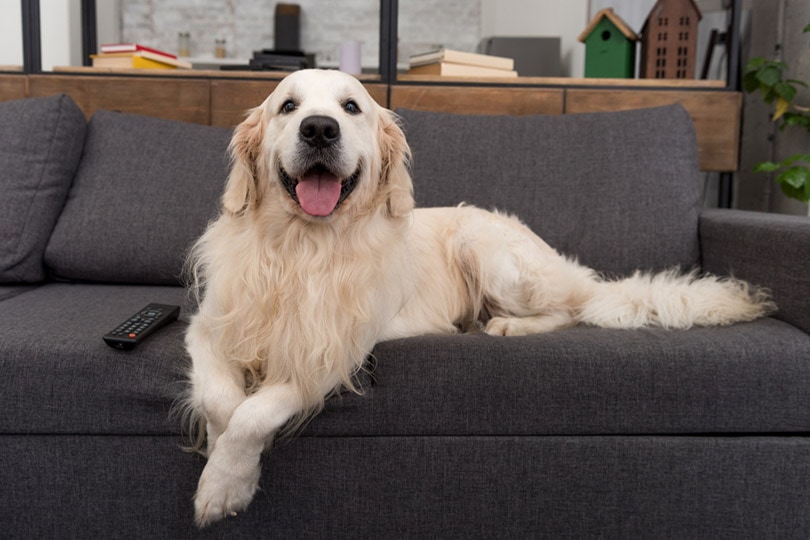Do you want to know how to teach a dog to smile? It’s actually not as difficult as you might think! We will discuss 10 tips and tricks that will help make the process easier for both you and your furry friend. We’ll also provide some helpful resources that can assist you along the way. So, whether your dog is new to learning tricks or has already mastered a few, read on for some great tips!
Top 10 Tips for Teaching a Dog to Smile
Before We Begin
Before we dive into our tips, it’s important to understand that not all dogs will learn at the same pace. Some may grasp the concept quickly while others may need some extra time and patience. Be sure to tailor your approach based on your dog’s individual needs and personality.
Here are our top 10 tips for getting your dog to flash their pearly whites.
1. Start with Basic Obedience
Start with basic obedience commands such as sit, stay, come, etc. Your dog needs to establish how training works by learning a few basic commands. As your dog masters these commands, you’ll be able to better communicate with them and give them specific instructions. This will lay a strong foundation for more complex tricks down the road.
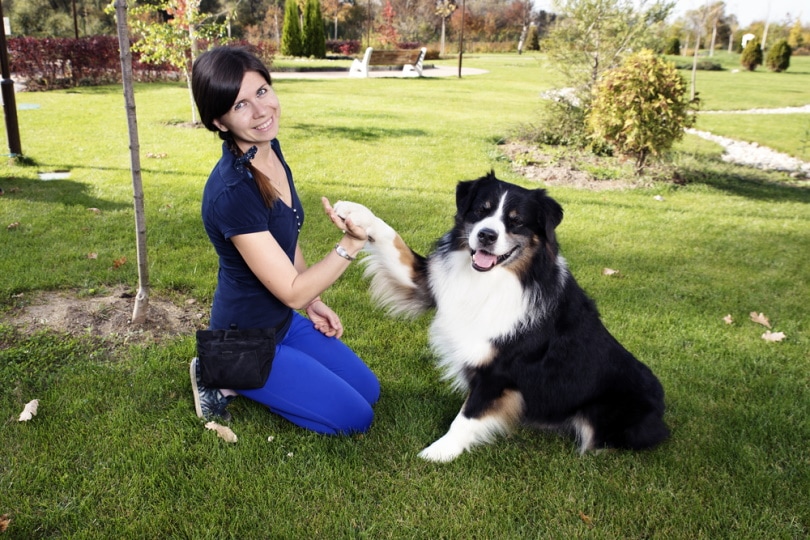
2. Give Plenty of Rewards
Use positive reinforcement methods such as training treats or verbal praise when your dog performs the desired behavior. Dogs respond well to rewards and will be more likely to repeat the behavior if they know they’ll be rewarded.
Be sure to give your dog the reward immediately after they perform the desired behavior. This will help them understand that they are being rewarded for the specific action and not just for being cute.
Treats are great, but you can also use other forms of positive reinforcement such as petting, belly rubs, or even just verbal praise. Find what works best for your dog and stick with it. Too many treats can lead to an overweight pup, so use them in moderation and supplement with other forms of positive reinforcement when possible.
3. Use Cues or Triggers
Use a cue or trigger to get your dog into the “smiling” position. This can be a word, phrase, or even a hand signal. Once your dog masters the cue, you’ll be able to get them to smile on command!
For example, you might use the cue “smile” along with a hand gesture such as raising your eyebrows or showing your teeth. Alternatively, you could say “say cheese!” as your trigger. Choose something that is easy for you to remember and say consistently.
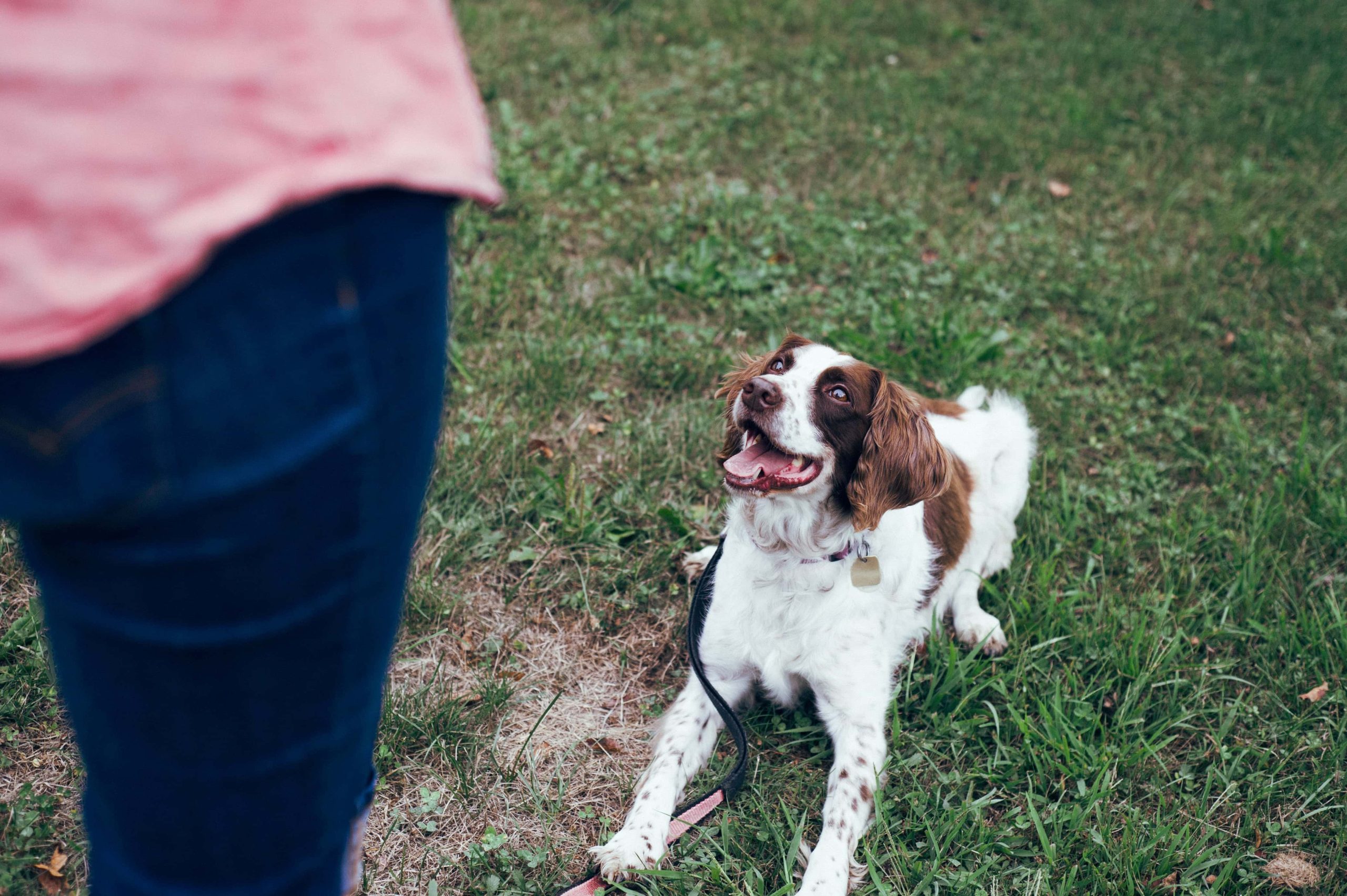
4. Be Consistent!
Consistency is key when it comes to training dogs. They need to hear the same cue every time in order for it to be effective. If you use differing cues or triggers, your dog will become confused, and the training process will take longer. Some ways to remain consistent include using the same words, tone of voice, and hand gestures each time.
You should also train at the same time each day if possible. This will help your dog to better understand when it is time to learn and when it is time to play.
Set aside a specific amount of time for training sessions so that your dog knows when they are expected to perform. This could be 20 minutes, 30 minutes, or even an hour depending on your schedule and your dog’s attention span.
5. Use a Happy, Upbeat Voice
Be sure to use the same wording, intonation, and hand gestures each time you give the cue. This will help your dog understand what you want them to do and make the learning process much smoother. Once you’ve chosen your cue, start by saying it in a happy voice while showing your dog what you want them to do. For example, if you’re using the cue “smile,” say it in a high-pitched, excited voice while raising your eyebrows and showing your teeth.
Your dog is more likely to respond positively if they can see that you’re happy and having fun. So, make sure your facial expressions and body language reflect this!

6. Have Patience
Training takes time and patience, so be prepared to put in the work. Dogs learn best through repetition and positive reinforcement, so don’t get discouraged if your dog doesn’t pick up the behavior right away.
Most dogs will need to be trained for several weeks (or even months) before they master a new trick. So, be patient and keep at it! Rome wasn’t built in a day, and neither is a well-trained dog.
7. Use High-Value Rewards
Make sure you’re using high-value rewards that will really motivate your dog. This is especially important if your dog isn’t food motivated. Some dogs prefer toys or attention, while others go crazy for a good belly rub. Find what your dog loves and use it to reward them for good behavior.
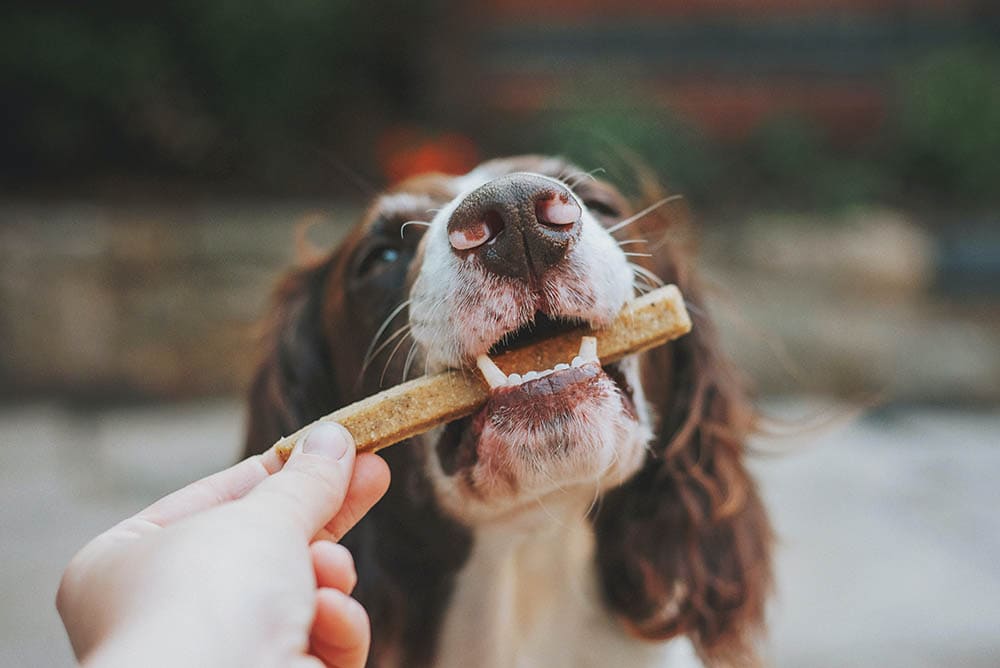
8. Don’t Force It
If you find yourself getting frustrated, take a break and come back to it later. Training should be fun for both you and your dog, so don’t let it turn into a chore. Forcing your dog to do something they’re not ready for will only make the process harder and could lead to negative associations with the behavior you’re trying to teach.
9. Break It Down
If your dog isn’t responding to the cue, try breaking it down into smaller steps or using a different reward. There’s no one-size-fits-all approach to training, so be willing to experiment until you find what works best for your dog.
For example, if you’re having trouble getting your dog to smile on cue, try rewarding them for making any kind of facial expression. Once they’ve mastered that, you can start working on getting them to specifically show their teeth. Or, if your dog loves attention, try giving them a belly rub or petting them every time they make the desired facial expression.

10. Find What Works for You and Your Dog
The important thing is to find what works for your dog and go from there. Dogs are all different, so there is no single training method that will work for every dog. Be creative and have fun with it! The more you enjoy the process, the more likely your dog is to respond positively.
Additional Training Tips and Reminders
Move Forward
Once you’ve gotten the cues down and established a training routine that works for you both, don’t forget to practice! The more you work with your dog, the better they will become at understanding and following your commands.
Expect Setbacks
Learning is a process. There will be good days and bad days, so don’t get discouraged if your dog doesn’t seem to be progressing as quickly as you’d like. Just keep at it and they’ll eventually get there! Some dogs are smarter than others, and some dogs are more motivated to learn and to please their humans. You can use these traits to your advantage instead of getting frustrated by them!

Remember to Have Fun
Training your dog to smile is a fun and rewarding process that will take time, patience, and lots of positive reinforcement. Be sure to use high-value rewards, be consistent with your cue, and have fun with it! With a little bit of effort, you’ll be able to teach your dog this adorable trick in no time.
Mix it Up
Once your dog has mastered the basics, don’t be afraid to mix things up! You can teach them even more tricks by using different rewards, adding new cues, or changing up the order of the steps.
There are endless possibilities when it comes to training your dog, so have fun and get creative! The most important thing is to remember to have patience, be consistent, and have fun with it. If you do that, you’ll be well on your way to teaching your dog all sorts of new tricks!
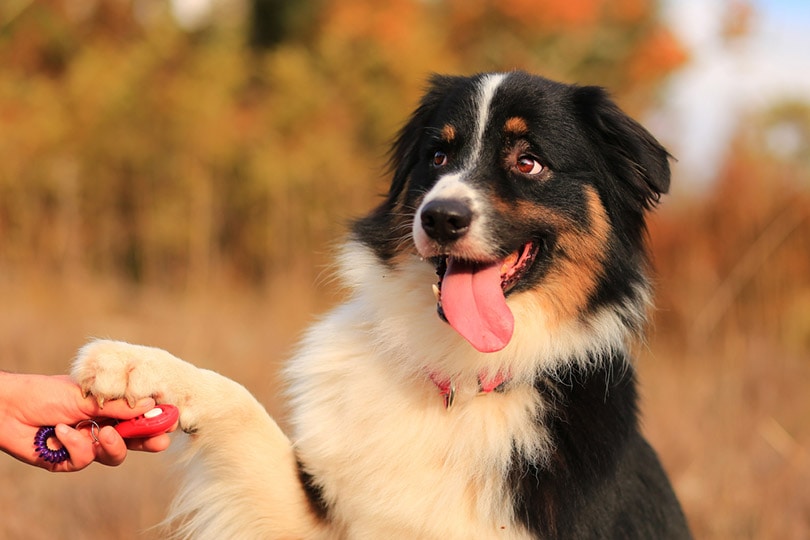
Conclusion
Teaching your dog to smile is a great way to bond with your furry friend and show off their personality. Follow these tips and you’ll be on your way to success! Just remember, if you’re not having a good time, your dog probably isn’t either. Likewise, if you’re having a blast, it will be a more positive experience for your dog. You set the tone and your dog looks to you for guidance. Good luck and happy smiling!
- See also: Why Do Dogs Like to Sleep Curled Up?
Featured Image Credit: LightField Studios, Shutterstock
Contents
- Top 10 Tips for Teaching a Dog to Smile
- Before We Begin
- 1. Start with Basic Obedience
- 2. Give Plenty of Rewards
- 3. Use Cues or Triggers
- 4. Be Consistent!
- 5. Use a Happy, Upbeat Voice
- 6. Have Patience
- 7. Use High-Value Rewards
- 8. Don’t Force It
- 9. Break It Down
- 10. Find What Works for You and Your Dog
- Additional Training Tips and Reminders
- Conclusion

